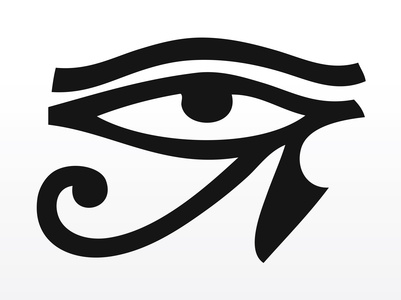When I was at BiF8, the kind folks at SYPartners gave us all a prototype deck of cards to test out, as a way to help us each identify our unique “superpower”. (Superpowers are all the rage, BTW).
According to the cards, mine is “distillation”. I’m not sure I’d call that my superpower, though I do consider it a strength. Distillation is a skill I developed during my two decades of documentary and media work. I had to learn how to take a complex, living, breathing situation and find the heart of the story – then distill all the information, materials and incredible footage we captured into a concise, engaging package. Imagine crafting an hour-long program from 1000 hours of footage. As those who write for a living will tell you, it’s much harder to write one page than ten.
These days, instead of writing 48-minute scripts, I’m publishing stories in short, tight, bursts – through tweets, timelines and blog posts. And I have to say that I am loving the constraints of having to work in just a few characters or lines. It forces me to clarify my thoughts, nail the nugget I need to share, and select words that convey exactly the essence and meaning I desire.
The art of distillation is a key skill to develop for storytelling – and storysharing. Story-tellers need to know their message clearly and stick to the storyline. They need to cut absolutely everything from their stories that doesn’t move the plot or character forward. Storytellers should be able to sum up the heart of their stories in one line – like an elevator pitch. Story-sharers spend time analyzing and synthesizing the stories they hear, exploring them for new insight and ideas. So, they need to be able to identify the true essence of a story as they listen to others tell their (sometimes wandering) tales.
To help people strengthen their distillation abilities, we developed a technique called EyePhone in the d.studio. Here’s how it works:
Uses
Eye phone is an exercise that:
- Helps you practice keen observation.
- Make you think about what you are seeing and why you are choosing to capture that “visual thought”.
- Helps you develop visual story-telling skills through focus and distillation.
Description

How do we see? How do we record and store what we see? And what does it mean?
Eye phone is a technique that provides you an opportunity to practice your observation and distillation skills.
Using your smart phone, take photos to build a visual and verbal narrative that tells a story about the “topic” you are currently working on.
Discipline yourself to choose 8 photos and then only use a double-tweet (280 characters) in total to annotate the photos.
TIPS
Take lots of photos (like generating lots of ideas) and then choose the eight that best tell your story.
Experiment with two approaches:
- Develop a story in advance and choose photos to support the narrative.
- Let the photos and the experience of taking the photos develop the story.





